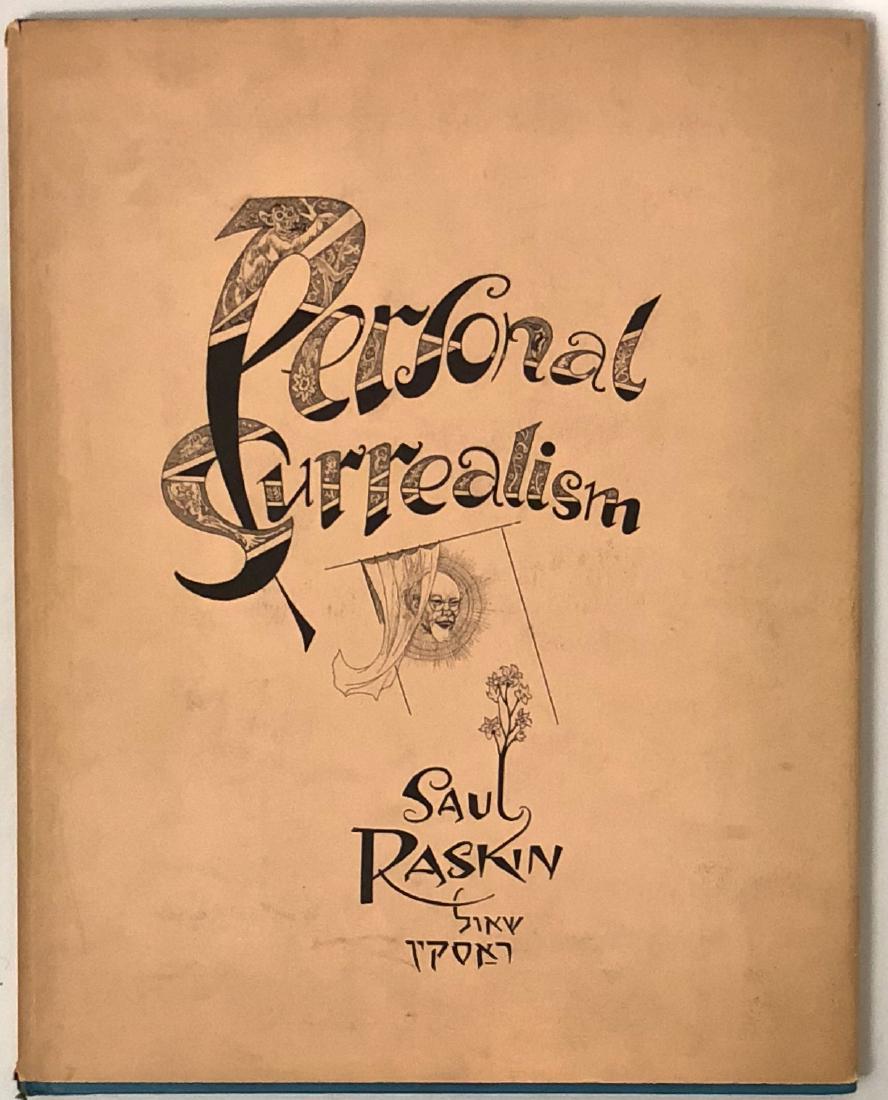



Jef raskin book software#
On the face of it, this is all well and good, and in line with the utopian notion of co-operation and efficiency driving so many current Open Source initiatives (whereby 'the kids' freely offer up the source code of the their software to anyone who might want to adapt or build upon it). Much of what Raskin proposes is sound, accepted interface theory (and familiar to those of us who remember the promise of OS/2), and he has the heft, the reputation, and the buzz to make people hear him out - the Eazel project are already implementing many of these innovations in their freely-distributable Linux interface. No more switching between porcine applications - such as the Jabba-the-Hut-like Microsoft Word, grist for the mill for legions of Gates-bashers. Put another way, any and every document could be a photo album, database, sketchbook, sound archive, and annotated thesis - and all at once. You could type in a letter to Aunt Martha, insert a photo of the two of you from Christmas (perhaps giving yourself a virtual haircut in the process), draw a 3-D diagram of that truly bedraggled tree, add a sound snippet of Dad's tuneless carolling, grab Auntie's address from your personal database, and email the whole shebang, all within one document and without having to switch applications. Instead of discrete applications, such as word-processing or spreadsheet programs, Raskin would have consumers buy sets of commands, which would work on any given object in any document. Among other things, Raskin wants to get rid of files and file hierarchies, jettison the familiar desktop, and add a lot of custom keys to reduce reliance on time-wasting menus. On his own terms, Raskin succeeds remarkably by rethinking the customary metaphors that allow us to create and manipulate what are essentially strings of 0s and 1s. An alarmingly literate man (it's interesting that for this book he somewhat dumbs-down his normally erudite prose), and hailed in the industry as a prescient sage, Raskin envisions a way of working with computers that proceeds from the psychology of human attention and habit formation. Raskin is the big daddy of the Mac, founder of the Macintosh project at Apple and instigator of most of its then-revolutionary features. This book is dedicated to our liberation.' With pale and clear-eyed authority, Raskin seeks the end of petulant, disobedient computers that discourage productivity, taunt us with baffling error messages and threaten to entangle us in a web of cables, wires, and power sources. The dedication to Raskin's manifesto reads: 'We are oppressed by our electronic servants. It's a theoretical and practical guide to human/machine interfaces which promises that personal computers can be made pleasant, efficient, and not psychosis-inducing. A lot of buzz has been travelling through Apple Computer and interactive design circles about Jef Raskin's new book, The Humane Interface (2000). While the soulless ascendance of the digital has become the subject of easy mockery, often overlooked are the exceedingly sincere, would-be revolutionaries who aim to remake the system in ways that are variously utopian or sneakily retrograde.


 0 kommentar(er)
0 kommentar(er)
